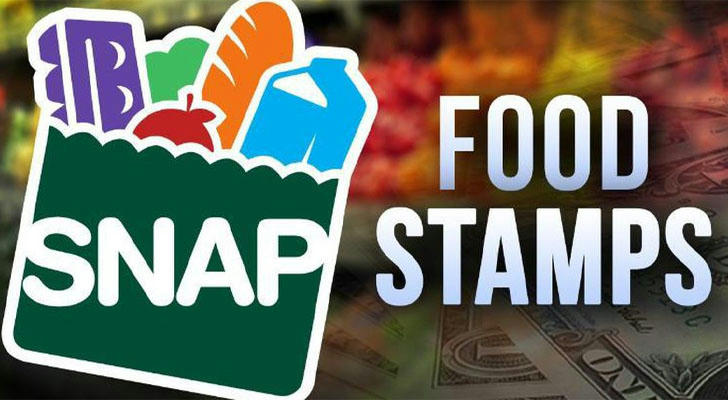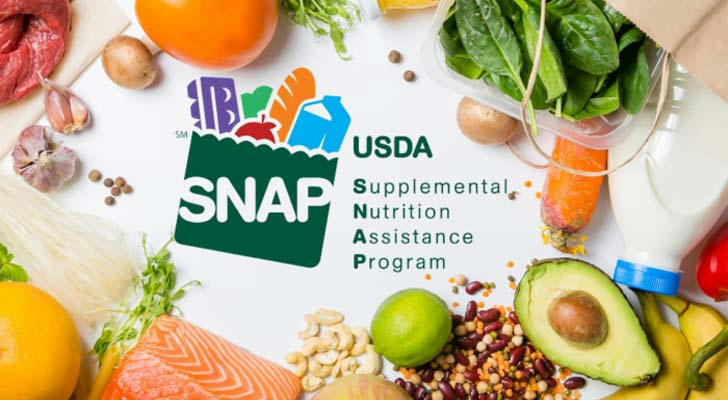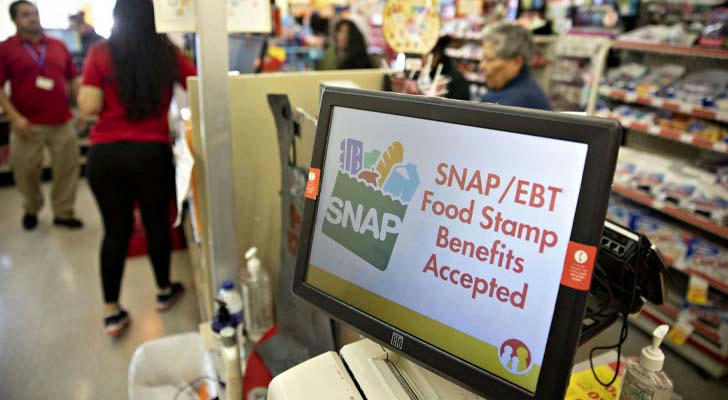Your Guide to Accessing SNAP Food Benefits in America 🍎
Are you struggling to make ends meet and finding it hard to put healthy food on the table? The Supplemental Nutrition Assistance Program (SNAP), formerly known as food stamps, can provide the support you need. In 2024, states issued nearly $94 billion for SNAP food benefits, helping millions of Americans afford nutritious food. If you're unsure how to access these benefits or what they can do for you, this guide will walk you through everything from eligibility to application and beyond.

Understanding SNAP Benefits and Their Impact
SNAP is a federal program administered by state agencies. It aims to increase the food purchasing power of eligible households. For fiscal year 2024, SNAP helped countless families across the nation. The program distributes benefits monthly via Electronic Benefits Transfer (EBT) cards, which can be used at authorized grocery stores and farmers' markets. In Texas alone, $7.2 billion in SNAP benefits were distributed in 2024, highlighting the program's significant reach and impact. SNAP benefits can significantly alleviate financial strain on low-income households. They allow families to purchase nutritious food, promoting better health and well-being. The program is particularly vital for families with children, seniors, and individuals with disabilities.
SNAP Distribution and Eligibility Criteria
SNAP benefits are distributed monthly to eligible households. The distribution schedule varies by state. To check the distribution schedule in your state, you can refer to the SNAP Distribution Schedule Database provided by the USDA Economic Research Service.
To qualify for SNAP, applicants must meet specific criteria:
Income Requirements: Most households must have a gross income at or below 200% of the Federal Poverty Level (FPL).
Resource Limits: Generally, households can have up to $3,000 in countable resources. If the household includes a member aged 60 or older or someone with a disability, the limit increases to $4,500.
Work Requirements: Individuals aged 16–59 must meet general work requirements unless exempt. Able-Bodied Adults Without Dependents (ABAWDs) must work, participate in job training, or perform approved community service for at least 80 hours per month.
How to Apply for SNAP Benefits
Applying for SNAP benefits can be done in several ways:
Online: Many states offer online application portals.
By Mail: Mail a paper application to your state's designated SNAP office.
In Person: Visit a local DSS Resource Center to fill out an application or drop off a paper application.
After submitting your application, you'll need to provide various documents:
Identity and Social Security Number (SSN).
Proof of Residency: Rent receipt, lease, or utility bill.
Income Documentation: Pay stubs for the last 4 weeks or a letter from your employer showing gross income and hours worked for the last 3 months.
Additional Income Documentation: Letters or records of workers' compensation, veterans' benefits, pensions, child support, alimony, etc.
Noncitizen Status Documents: Permanent Resident Card, Employment Authorization Card, or other documents showing current or pending immigration status.
Student Status Documents: Course schedule, enrollment letter, or financial aid papers.
Once your application and documents are received, your case will be reviewed. If approved, benefits will be loaded onto your EBT card. If your situation is urgent, benefits may be approved within 7 days. Otherwise, you'll receive a letter within 30 days.

Real-Life Success Stories
Many individuals and families have benefited from SNAP. For example, a single mother in Florida used SNAP benefits to provide nutritious meals for her children while she pursued higher education. "SNAP has been a lifeline for us. It allowed me to focus on my studies without worrying about putting food on the table," she shared. Another recipient in New York used the benefits to manage expenses while undergoing medical treatment. "Having SNAP benefits meant I didn't have to choose between medicine and food," he said.
Additional Resources and Support
SNAP Benefits Calculator
The CBPP SNAP Benefits Calculator is a useful tool to estimate your potential monthly SNAP benefits. By inputting details such as household size, income, and expenses, you can get a personalized estimate. This helps in financial planning and understanding the support you might receive.
SNAP Retailer Locator
The USDA SNAP Retailer Locator assists in finding authorized retailers where SNAP benefits can be used. This tool enhances accessibility by identifying nearby stores and farmers' markets that accept EBT cards. The map-based interface simplifies navigation, and the search function allows users to filter by retailer type and services offered. For instance, you can locate grocery stores, convenience stores, or farmers' markets near you.
State-Specific SNAP Information
Each state may have unique SNAP policies and procedures. The State SNAP Information Directory provides detailed guidance for each state. It includes application methods, required documents, and contact information for state SNAP offices. This resource ensures applicants have accurate and relevant information specific to their location.

Conclusion
SNAP is a vital resource for low-income Americans, providing essential support to help them afford nutritious food. By understanding the eligibility criteria and application process, you can take the first step toward accessing these benefits. Remember, SNAP not only helps with immediate food needs but also supports long-term well-being and stability. If you or someone you know could benefit from SNAP, don't hesitate to apply. The program is there to help those in need and can make a significant difference in your life.
